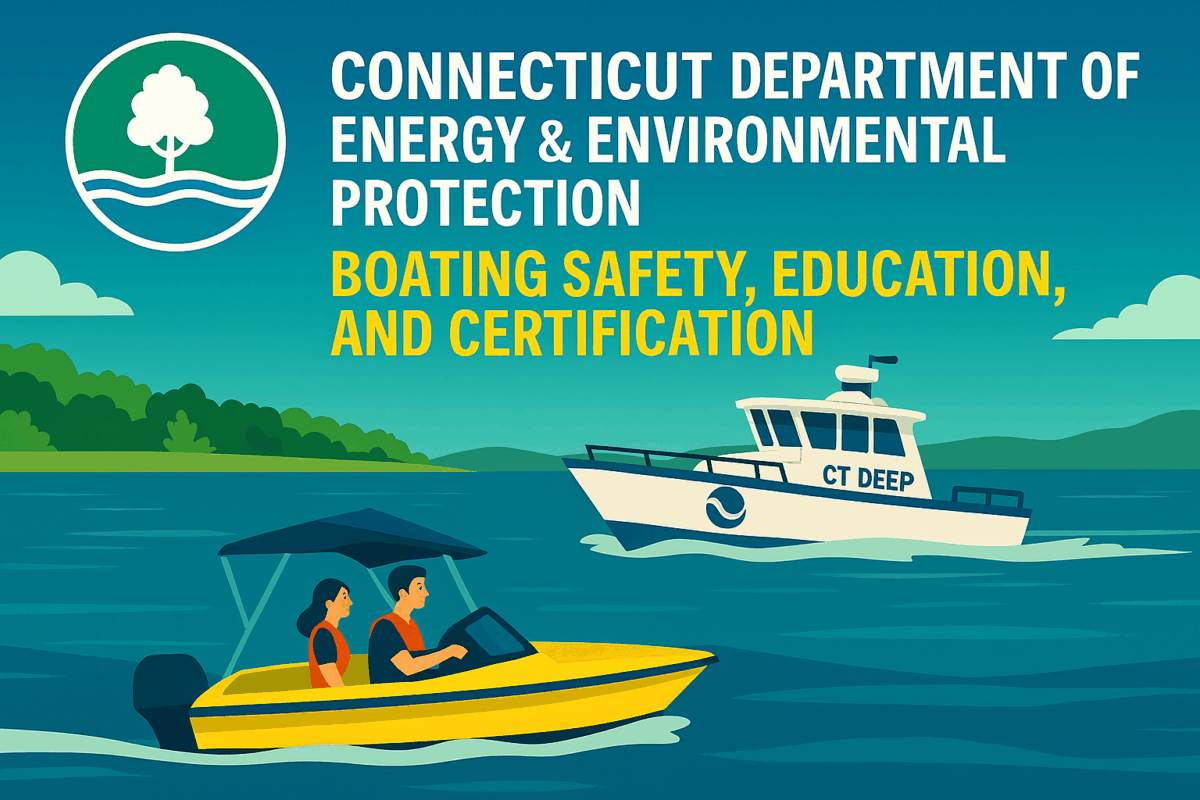Call: 1-800-832-7191

CT DEEP Winterizing Your Boat in Connecticut
CT DEEP Winterizing Your Boat in Connecticut: What You Need to Know
CT DEEP Winterizing Your Boat in Connecticut video helps protect your investment and ensures a smooth start to next season. As temperatures drop, boaters must prepare their vessels for harsh New England winters. Proper winterization prevents costly damage and extends your boat’s lifespan. Following CT DEEP guidelines also keeps you compliant with state regulations.
Why Winterizing Matters More Than You Think
Ignoring winterization can lead to cracked engines, mold growth, and electrical failures. Connecticut’s freezing temperatures pose serious risks to unprepared boats. Fortunately, CT DEEP offers clear recommendations to help boaters avoid these issues. By draining water systems, stabilizing fuel, and protecting batteries, you reduce the chance of springtime surprises. Additionally, winterizing helps maintain resale value and performance.
CT DEEP Winterizing Your Boat in Connecticut: Step-by-Step Preparation
Start by reviewing CT DEEP’s official winterization checklist. Drain all onboard water systems, including sinks, showers, and bilges. Next, flush and stabilize your fuel system to prevent corrosion. Disconnect and store batteries in a dry, temperature-controlled space. Cover your boat with a breathable tarp to prevent moisture buildup. These steps ensure your boat stays safe and ready for spring launch.
Use non-toxic antifreeze for plumbing systems to protect the environment. CT DEEP encourages eco-friendly practices during winterization. Dispose of hazardous materials properly and avoid dumping fluids into storm drains. Responsible winterizing helps preserve Connecticut’s waterways for future generations.
Additional Tips for Connecticut Boaters
Schedule winterization early to avoid last-minute stress. Many marinas offer winterizing services, but they fill up quickly. If you’re doing it yourself, follow manufacturer instructions and CT DEEP guidelines closely. Label all disconnected parts for easy reassembly. Store your boat in a secure location, preferably indoors or shrink-wrapped outdoors.
Check your insurance policy to ensure coverage during the off-season. Some policies require proof of winterization. Document your process with photos and receipts. This protects you in case of damage or disputes. Also, consider adding a dehumidifier or moisture absorber to prevent mold and mildew.
CT DEEP Winterizing Your Boat in Connecticut: Stay Informed and Prepared
CT DEEP updates its boating resources regularly. Stay informed by visiting their official site and subscribing to newsletters. Regulations may change, so it’s important to keep up with the latest recommendations. You can also find helpful videos and printable checklists online.
For more expert boating tips, check out Discover Boating’s winterization guide. It complements CT DEEP’s advice and offers practical insights for all boaters.
